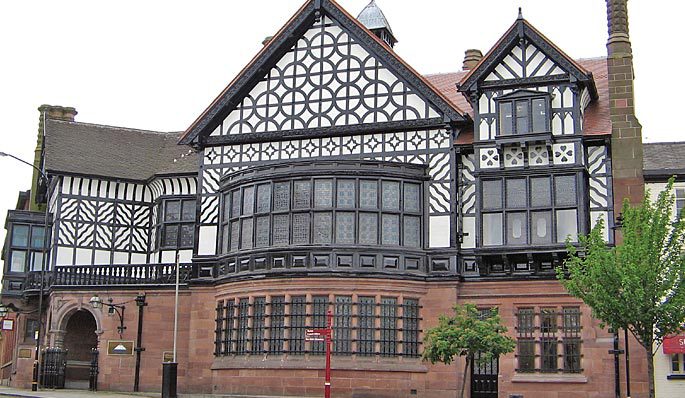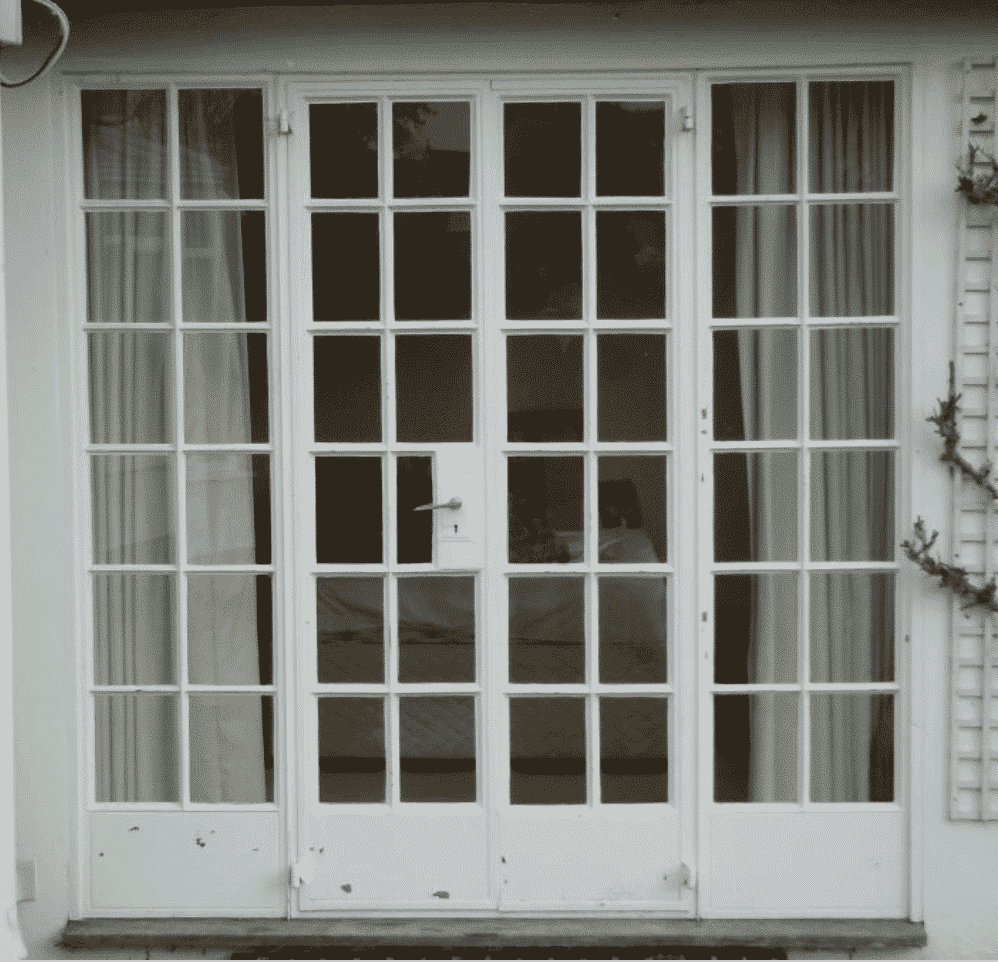Secondary Glazing offers huge benefits for both residential properties and commercial buildings. Despite the marketing of secure and energy efficient windows, secondary double glazing manufacturers such as Granada Secondary Glazing continue to grow and provide a wide range of secondary double glazing products. Secondary glazing provides many different benefits. Often, secondary glazing can actually benefit a home better than new windows and doors.

Importantly for those homeowners looking for better security, a quieter home, greater energy efficiency secondary glazing does this and more. For those in conservation areas or listed buildings or for whatever reason cannot have typical “double glazing”, this product is a real solution. The right secondary glazing system can be longlasting, reliable and highly cost effective.
What are the benefits of secondary glazing?
Thermal Insulation.
A quality secondary glazing system can reduce the heat loss from single glazed windows. Additionally if they are installed with the correct energy efficient glass or even double glazed sealed units, they can make a significant different to a property.
Enhanced window security.
If high security is a consideration, secondary double glazing from reputable suppliers can be fitted with additional locking, laminated safety glass or partial opening hardware. All of these methods can assist low security original metal windows, leaded lights or properties on ground floors for example.
Sound & Noise Insulation
If you have a property that suffers from noise, a good secondary glazing system that is glazed with acoustic glass can make a huge difference to noise reduction. A specific glass such as acoustic glass or again acoustic sealed units can be beneficial to those living near airports, busy main roads or any other high noise environments.
Helping reduce condensation.
Condensation can often be greatly assisted by secondary glazing fitted with a regular system of trickle ventilation. Whilst there are many causes of condensation in a home and many homeowners might not be aware that their living conditions could be the cause, secondary glazing can nonetheless help.
In assisting with controlling condensation, secondary glazing can allow ventilation between the outer and inner window (the reveals), prevent condensation forming on both outer and inner windows as well as stop the inner glass from becoming cold and therefore condensating. One big advantage will be that secondary glazing can prevent heat loss though the single glazed windows.
Maintaining Older Properties.

Thankfully in this country, we protect older properties for the future, however, a downside is that there are very strict rules in place with listed buildings and conservation areas regarding replacement windows. Secondary glazing can offer a cost-effective alternative here to “replacing like for like” on restricted buildings and externally continues to preserve the character of the building.
Secondary glazing is not affected by Planning or Conservation area rules or restrictions. Always check with your local Council, however you will find secondary glazing is largely approved.
What other benefits does secondary glazing provide?
Secondary glazing brings other benefits that you may not have considered. If you have particularly light sensitive furniture (stately homes is one example), soft furnishings, flooring, or accessories that may be damaged by light or sun, secondary glazing fitted with light protective glass can protect such items. Secondary glazing in older windows will reduce the noise from old metal cottage windows, prevent dust entering from older windows and much more.
However by far the largest advantage is cost. Secondary glazing is available in casement, fixed, sliding, lift out, heritage and many other forms that is simply a fraction of the price of normal replacement windows.
Contact us if you would like further information or to be put in touch with a secondary glazing specialist.










